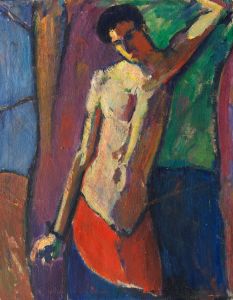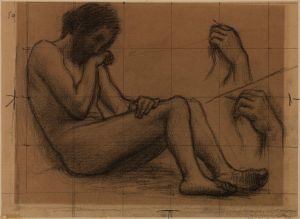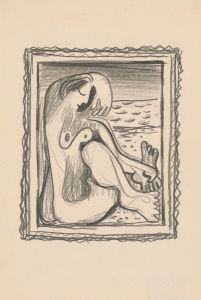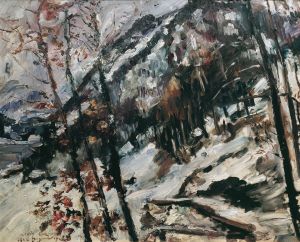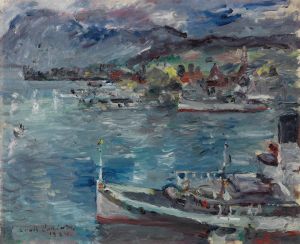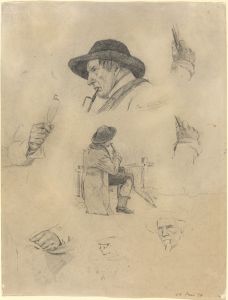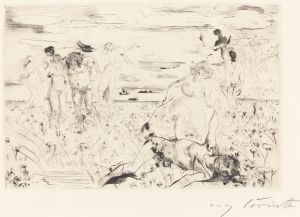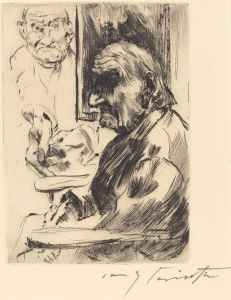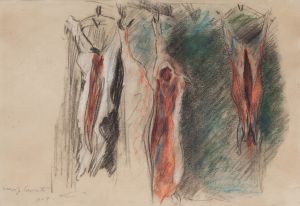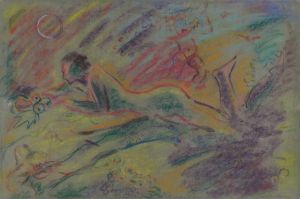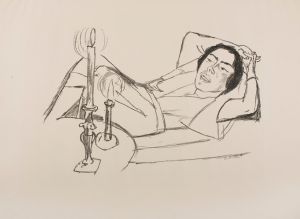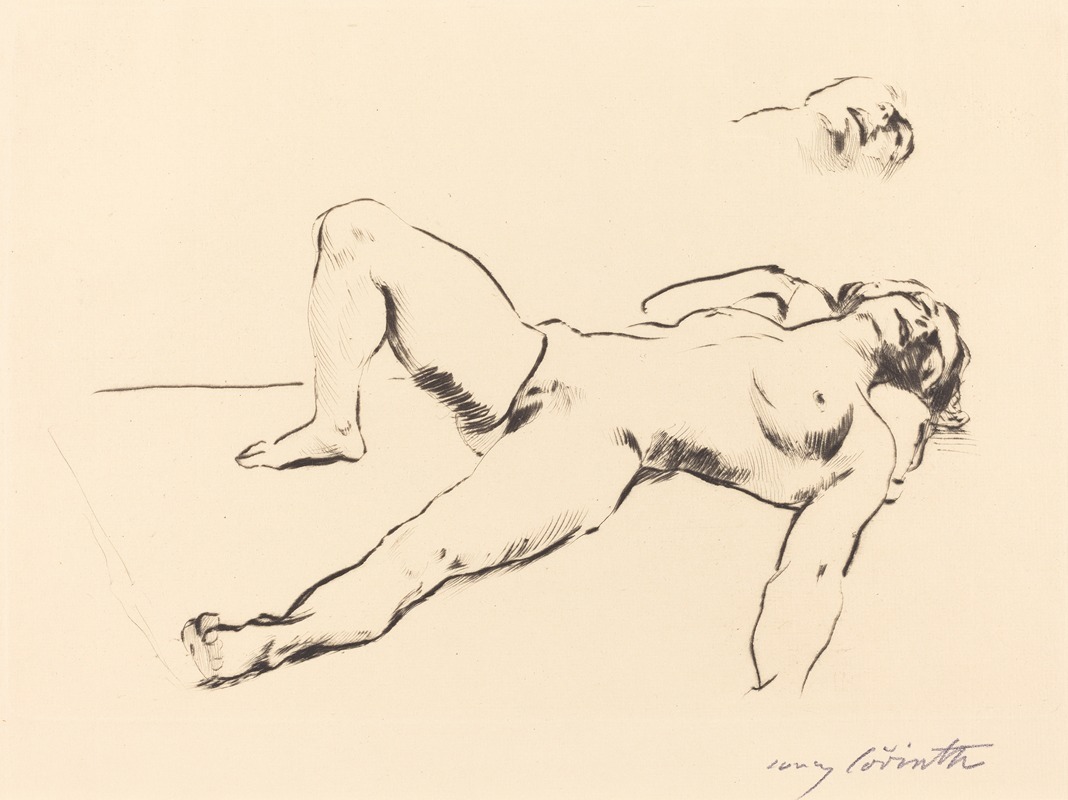
Reclining Female Nude – II
A hand-painted replica of Lovis Corinth’s masterpiece Reclining Female Nude – II, meticulously crafted by professional artists to capture the true essence of the original. Each piece is created with museum-quality canvas and rare mineral pigments, carefully painted by experienced artists with delicate brushstrokes and rich, layered colors to perfectly recreate the texture of the original artwork. Unlike machine-printed reproductions, this hand-painted version brings the painting to life, infused with the artist’s emotions and skill in every stroke. Whether for personal collection or home decoration, it instantly elevates the artistic atmosphere of any space.
Lovis Corinth was a German painter and printmaker whose work is associated with the transition from Impressionism to Expressionism in the late 19th and early 20th centuries. Known for his vigorous brushwork and vibrant use of color, Corinth's oeuvre includes a wide range of subjects, from landscapes and portraits to historical and biblical scenes. Among his diverse body of work, Corinth also created a number of nudes, one of which is "Reclining Female Nude – II."
"Reclining Female Nude – II" is a painting that exemplifies Corinth's mature style, characterized by a dynamic and expressive approach to form and color. The painting depicts a female figure in a reclining position, a common motif in art history that has been explored by many artists. Corinth's interpretation of the nude is notable for its bold and confident brushstrokes, which convey a sense of immediacy and vitality. The use of color in the painting is both naturalistic and expressive, with a palette that enhances the sensuality and presence of the figure.
Corinth's treatment of the nude figure reflects his interest in the human form and his ability to capture the physicality and emotion of his subjects. Unlike the idealized nudes of classical art, Corinth's figures often possess a raw and unidealized quality, emphasizing the individuality and corporeality of the model. This approach aligns with the broader trends in modern art during Corinth's time, where there was a shift towards more personal and subjective interpretations of traditional themes.
The context of Corinth's work is important to understanding his approach to the nude. Born in 1858 in Tapiau, East Prussia (now Gvardeysk, Russia), Corinth studied art in Königsberg, Munich, and Paris, where he was exposed to various artistic movements and influences. His early work was influenced by the naturalism of the Munich School, but he later embraced the more expressive tendencies of Impressionism and Symbolism. By the time he painted "Reclining Female Nude – II," Corinth had developed a distinctive style that combined elements of these movements with his own personal vision.
Throughout his career, Corinth faced both acclaim and criticism. He was a prominent figure in the Berlin Secession, an association of artists who sought to challenge the conservative art establishment in Germany. His work was celebrated for its technical skill and emotional depth, but it also provoked controversy for its sometimes provocative subject matter and bold execution.
"Reclining Female Nude – II" is a testament to Corinth's mastery of the nude genre and his ability to convey the complexity of human emotion and form. The painting is part of a larger body of work that continues to be studied and appreciated for its contribution to the development of modern art. Corinth's legacy is marked by his ability to bridge the gap between traditional and modern approaches to art, making him a key figure in the history of German painting.
While specific details about the provenance or current location of "Reclining Female Nude – II" may not be widely documented, the painting remains an important example of Corinth's work and his exploration of the human figure. As with many of Corinth's paintings, it reflects his ongoing engagement with the themes of beauty, mortality, and the human condition.






